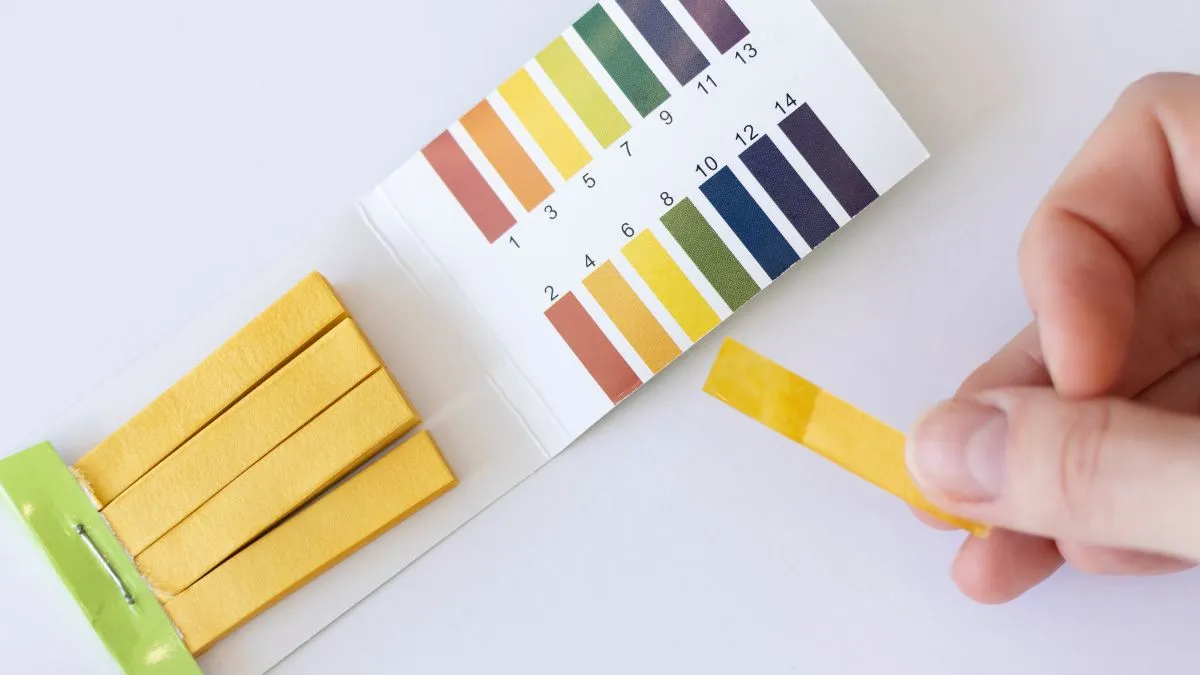- By Prerna Targhotra
- Fri, 28 Jun 2024 02:05 PM (IST)
- Source:JND
How To Know Your Skin’s pH At Home: Our skin is the most delicate part of our body and requires extra care and attention. When it comes to maintaining the skin’s health, being aware of various factors that affect your skin is important. One such factor is your skin’s pH level, which plays a vital role in the skin’s overall health and texture.
pH stands for ‘potential hydrogen’ and is used to describe the acid-alkaline ratio of a substance. The pH scale works on a range of 1-14 where 1 stands for most acidic and 14 for most alkaline. Although it is not easy to determine your skin’s pH, it is not impossible. Here are some easy ways in which you can try to determine your skin’s pH level.

Ways To Know Your Skin’s pH
The pH level of healthy skin is considered to be in the range of 4 to 6 which makes it somewhat acidic. This pH is considered most neutral and anything below that is acidic and above it alkaline, so skin's natural pH is mildly acidic.
ALSO READ: Worst Drinks For Metabolism: 4 Unhealthy Beverages That You Should Avoid When Trying To Lose Weight
If your skin is dry, then it suggests that your skin’s pH is probably below 6.5 or most likely closer to 4. This may indicate that your skin is very acidic and may need extra care and attention.
If you are someone who has oily skin, then your skin’s pH levels may be higher than 6.5, which makes it more alkaline and in need of acid.

Skin's ph Levels (Image Credits: Canva)
Tips To Maintain Healthy pH
Avoid Over-Cleanings: If you want to maintain a healthy pH level of your skin, then you should avoid over-cleansing your face. Instead opt for cleansers, toners, and moisturisers that are labelled as pH-balanced.
Moisturise: Never skip moisturiser from your skincare routine. Keeping your skin moisturised helps in maintaining its pH balance and barrier functions.
Eat Healthy Foods: Include healthy fruits, vegetables, nuts, cereals and lentils in your diet to heal your skin from within.
ALSO READ: 5 Effective Ways To Keep Fungal Infections At Bay During Monsoon
(Disclaimer: This article is for informational purposes only. It is not a substitute for professional advice, diagnosis or treatment.)

